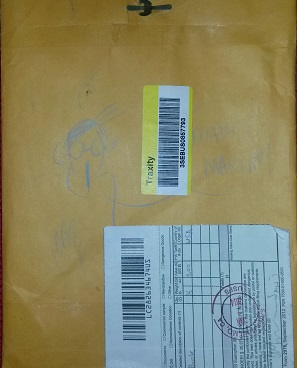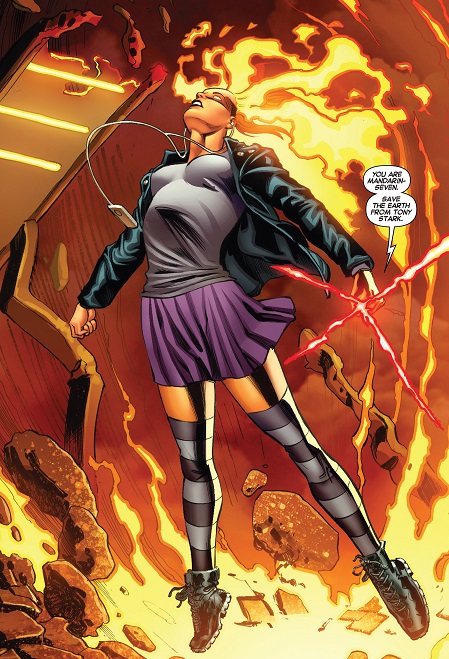I have my doubts about Fantagraphics doing a kickstarter to finance their 2014 lineup, but Brian Hibbs response to it misses the point entirely. First:
But my twinge came from the place of pragmatism. This is at least the third, and maybe the fourth, time that FBI has come to the market, hat-in-hand, needing a cash infusion to continue publishing. This is a bad habit, and one that I very much want FBI (and almost all of their contemporaries) to avoid going forward.
No. Instead of avoiding Kickstarter, it would actually make a hell of a lot of sense for Fantagraphics to continue using it as a funding mechanism. For a successfull Kickstarter you need to have a potential audience that’s familiar with and interested in what you’re offering, which has both the faith that you will deliver that and the disposable income to back you; all of which Fantagraphics has in spades, therefore they’re uniquely suited to take advantage of Kickstarter’s funding possibilities. Whether or not this funding model is good for comics as a whole, for Fantagraphics it could be a good way to remove a lot of the risk in publishing, or at least shift it towards their fans. The morality of this is another story, but it makes a lot of business sense and you see this model being used in a lot of geek hobby fields.
But as said, Hibbs rejects this in favour of a much different, much older publishing model, serialisation:
From this point of view, even a serialization even loses a small amount of money is worth pursuing — if it costs $4000 to produce a work in the first place, and $500 to make the same work ready for collection, even if you only make $3000 from the serialization, you’re still in a better place for the collection than you would be if you had gone straight to OGN — you only have to make another $1500 to start making a profit on the book, not the full $4000 you’d need to recoup without it.
Which is of course the model Fantagraphics (and all other comics publishers) have historically followed, up until about a decade ago (curiously enough the last time Fantagraphics got into financial trouble). These days however almost all art comix publishers like Fanta, D&Q, Top Shelf etc have largely abandoned this format in favour of the comics album or “original graphic novel”. Is that because they’re all idiots and like leaving money on the table, as Hibbs suggests here?
That seems unlikely. Isn’t it more likely that while the serialisation, then trade paperback model does make sense for “mainstream” projects, it has long since ceased to make sense for art comix? Even fifteen, twenty years ago publishers like Fantagraphics struggle to get their comics noticed in the direct market, depending on a handful of stores for most of their sales; heck, Fanta had to resort to publishing porno comics to keep themselves afloat at one time. It wasn’t a fad that made these publishers start publishing for bookstores rather than comics shops, but pure necessity.
Now, you could argue that in the current climate, it does make sense to go back to an older model of publishing comics (and as Tom Spurgeon says, it’s hard to argue with a hypothetical), but the track record for serialisation of the sort of comics Fanta publishes isn’t great. Hibbs’ suggestions sounds a lot like that of well intentioned fans twenty years ago who were convinced comics could become a mass medium again, if only they’d get back on the newsstands and out of the direct market.



